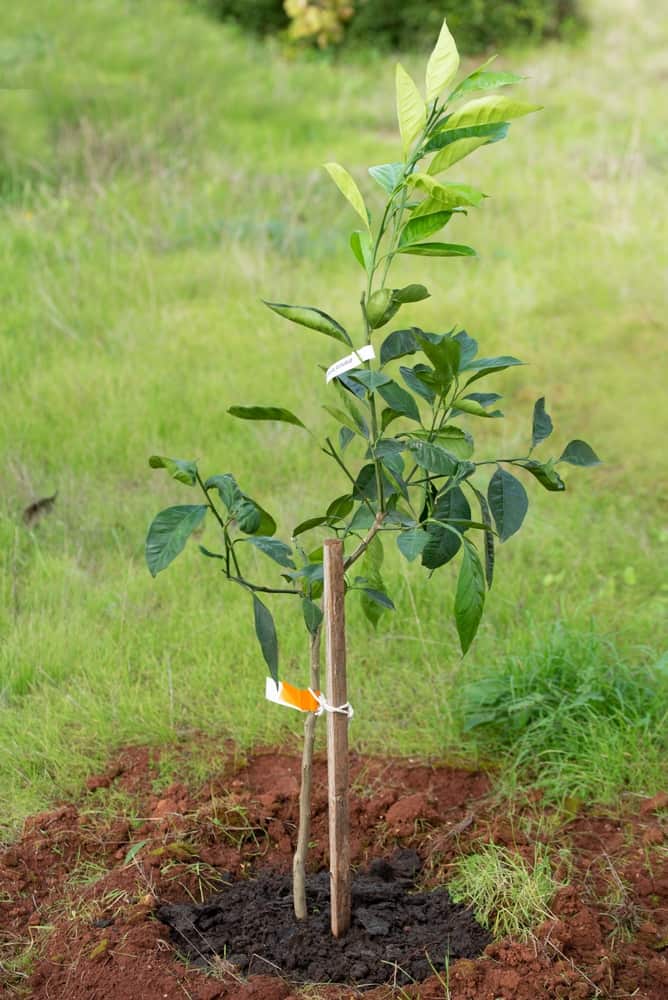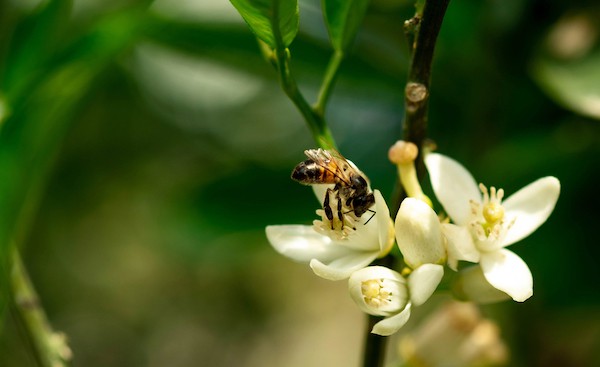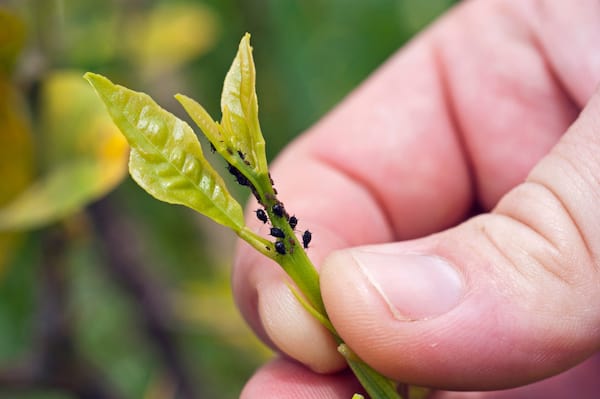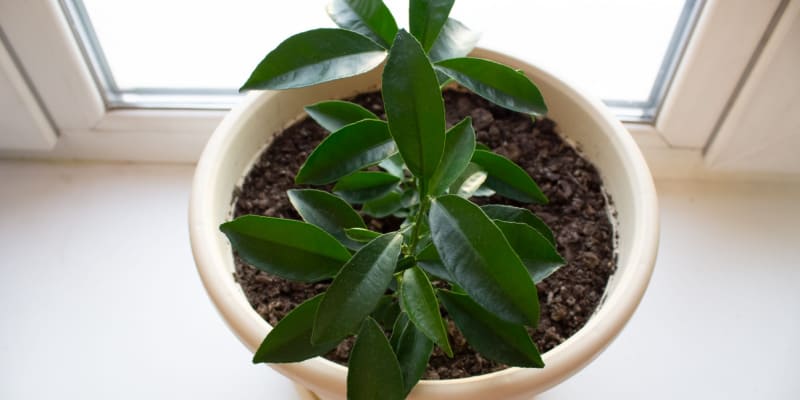
Why is my orange tree is not producing fruit? – 5 Reasons to consider
Our site is reader supported, this means we may earn a small commission from Amazon and other affiliates when you buy through links on our site.
You need to be a detective to figure out why your orange tree is not bearing fruit, as there are quite a few different reasons. It could be nature or lack of it for oranges grown under cover of there not pollinating, or how you’re looking after the tree, lack of water or not enough sun just to name a few. Here are the main reasons for a lack of oranges on your tree and, more importantly, how to encourage flowering, pollination and fruiting to get. successful crop.
Nature
Is your orange tree too young to fruit?
Your orange tree may be too young to develop fruit. The first two or so years of an orange tree’s life is spent using its energy to create a strong stem and foliage. If you do have only one or two oranges, if any, this is likely the cause.
What to do
Wait until the next year. Look after your tree well. See How to grow and care for orange trees for general advice or how to grow them in containers here.
When so orange trees fruirt, is it the wrong season?
Most orange trees develop the oranges in the autumn. However, there are some varieties that are early-bearing and some that are late-bearing trees. make sure that your orange tree is not bearing fruit because it’s wrong season.
What to do
If it’s autumn and you have no fruit, check that your tree isn’t of the late-bearing variety.
The tree didn’t develop flowers
Oranges develop from the flowers that show up in the summertime on the tree. No flowers = no oranges. Did you have flowers on your tree?
What to do
If you didn’t have flowers on your orange tree, review my article How to grow and care for orange trees to ensure that you’re doing everything you need to for your plant. Look also at Orange tree pests and diseases to see if there’s an infestation or an infection that’s harming the growth of the flowers.
The flowers weren’t pollinated (more likely for orange trees grown indoors) or lack of bees if grown outdoors
Your flowers may have developed beautifully, but maybe they weren’t pollinated. Orange trees are self-pollinating but it doesn’t hurt to give them a hand in this.
What to do
Review the article What is the best way to pollinate orange trees? to learn what to do for this process next year. It’s not difficult.
There were oranges last year
Some orange trees enter a two-year cycle in which they have a bumper crop of oranges one year and nothing or just a few oranges the next year. This is entirely natural.
What to do
If you’ve ruled out all of the other problems mentioned in this article, wait until the next year and see whether you get another bumper crop. And look up the variety of your orange tree to see if it’s one of these two-year-cycle ones.
Pests and diseases
Pests and diseases may have overrun your orange tree and harmed the stem, leaves, buds and/or flowers. Some of the pests and diseases are hard to see. This results in a lack of oranges come harvest time.
What to do
Review my article Orange tree pests and diseases. And go on a hunt with a magnifying lens on your orange tree and see whether there’s an infestation or an infection. There’s information in the article about what to do about what you find.
Environment
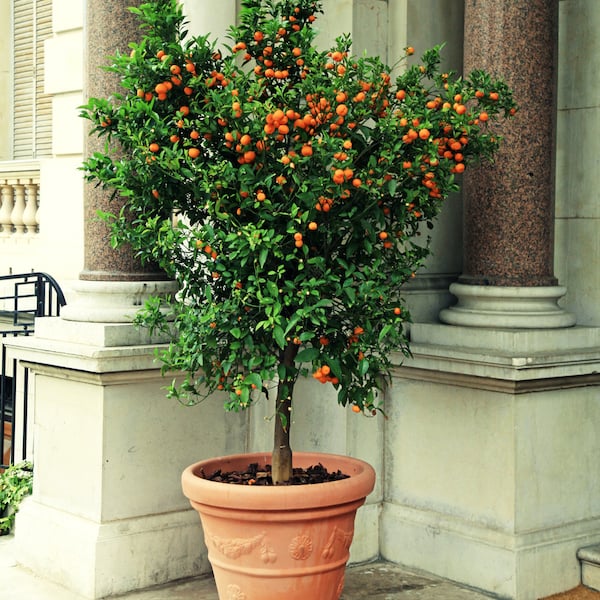
Light
Orange trees need a good six to eight hours of sun light a day to develop their foliage and flowers. It’s difficult for them to get this indoors, especially in the winter. and that limits the growth of flowers and hence fruit. your orange tree not bearing fruit may be due to a lack of the right kind of light.
What to do
Supplement the natural light with a tall LED grow light. This gives off a little heat and mimics sunlight. Be careful not to have too strong a light for too much time as the orange tree may become sunburned.
Temperature
Keep your orange tree within the suggested temperature range of 13˚C to 27˚C during the daytime. But be aware that it needs to be in a cooler environment at night if you want oranges to develop.
What to do
Check that your tree’s night time environment is 5˚C to 10˚C cooler than during the day. If your tree is outside, this is probably the case. But it may not be so if it’s in your home.
Care
Watering
Over-watering your orange tree is the main cause of a lot of problems. But under-watering also results in issues. Both of these circumstances cause the leaves to turn yellow and the tree to not receive all the nutrients and moisture it needs. Oranges can’t develop in such an environment.
What to do
Review your watering habits. See How to grow and care for orange trees for more information about how to water your tree and how to correct the over-watering problems.
Fertilising
Both under- and over-fertilising your orange tree stops it from receiving the nutrients that it needs to develop buds, flowers and then fruit. When you over-fertilise, the extra fertiliser not taken up by the roots turns to salts in the soil that burn and harm the roots. The roots can’t then send nutrients up the stem of the tree for it to use for creating buds, flowers and oranges.
What to do
take a look at how often you’re fertilising your orange tree. And read the manufacturer’s instructions on the box. take your best guess if you’re over- or under-fertilising and adjust the schedule appropriately.
Over-pruning
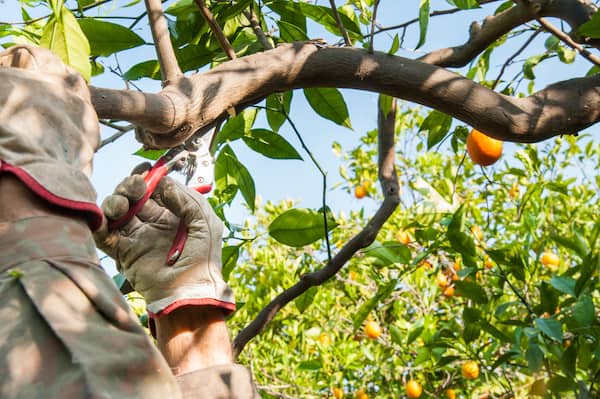
In my pruning article (How to prune an orange tree), I suggest pruning the tree after the year’s harvest to encourage fruit development the next year. It is possible to over-prune the tree and cut off all the buds so that flowers don’t develop. And without flowers, you don’t get oranges.
What to do
There’s nothing you can do right now, except to read How to prune an orange tree to get ready for next year’s pruning session.
